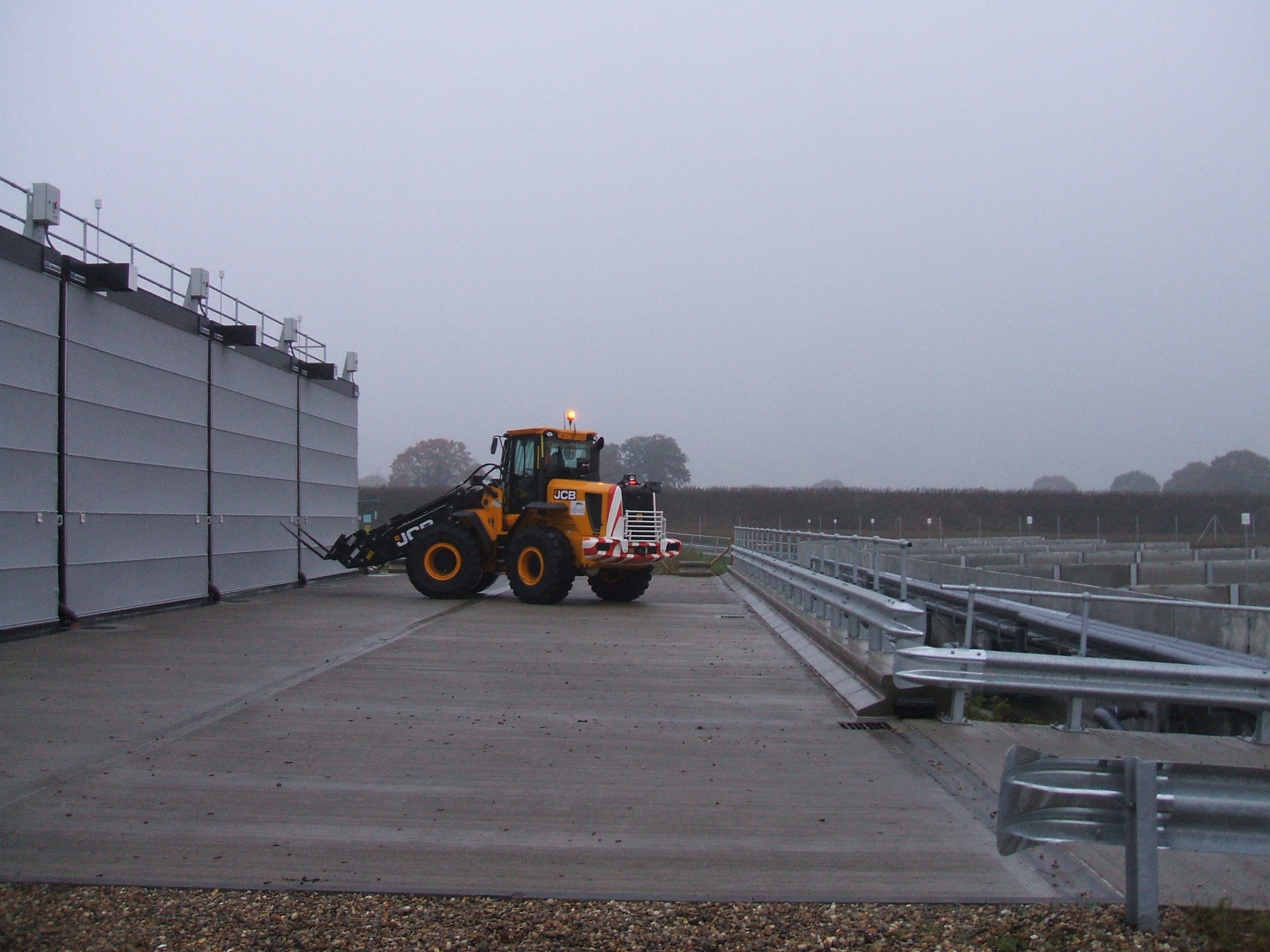Demolition & Construction
Noise and vibration impacts from construction and demolition activity arise from most developments. These have the potential to cause high levels of disturbance as a result of the absolute levels of noise and vibration generated by these works and due to their proximity to existing sensitive receptors which can exacerbate these impacts.
Commonly Local Authorities will apply specific criteria to control noise and vibration impacts at nearby noise sensitive receptors.
Relevant Standards and guidance documents contain helpful information on suitable noise and vibration limits for demolition and construction phases in the context of the existing ambient conditions. These documents also detail accepted prediction and assessment methodologies such as those set out in BS5228 and BS6472.
Noise & Vibration Monitoring
ANC Member companies can provide a range of continuous noise and vibration monitoring installations for demolition and construction development phases. These would be tailored to meet individual client’s needs and would, typically, include extensive Local Authority liaison on behalf of the client to ensure a comprehensive monitoring programme which satisfies the requirements of all interested parties.
Typically, these installations would include remote access and notification of non-compliance with agreed limits by text or email alert to allow immediate action and to minimise delay to the works.
Noise & Vibration Management
Section 61 of The Control of Pollution Act 1974 sets out the recognised structure for managing and controlling noise and vibration from major demolition and construction sites. ANC Member companies can provide the necessary services and technical support to engage with the relevant authorities and in the preparation of noise and vibration predictions, as part of a formal Section 61 agreement, or in order to inform best practicable means as part of a Noise and Vibration Management Plan.
